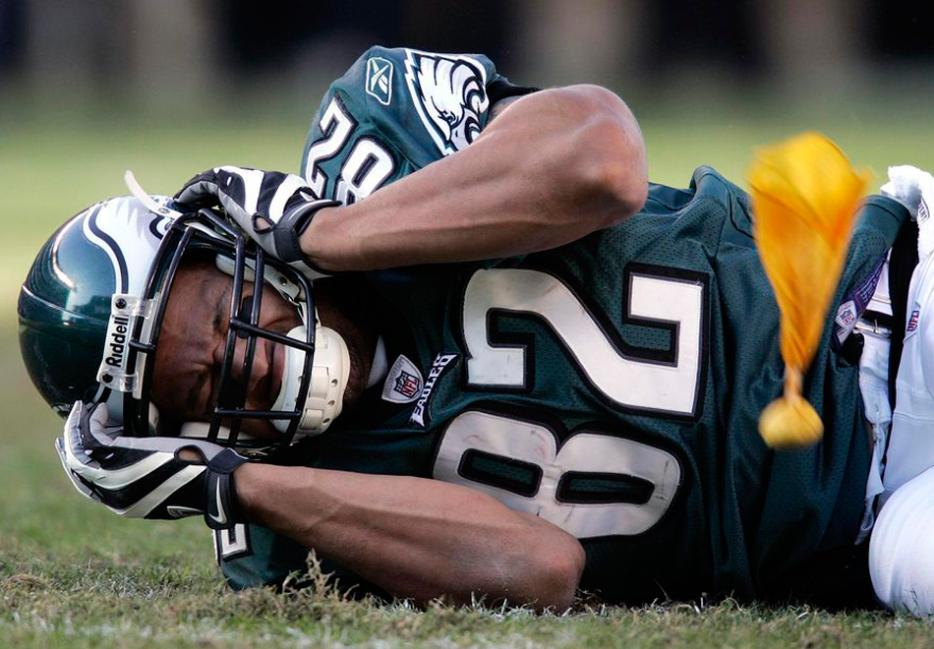How rich is the NFL? It’s so rich it’s able to pay $765 million not because it’s been found guilty of substantial wrongdoing, but because it really, really wants to avoid that possibility. This is an organization with $10 billion in annual revenue, facing down thousands of former players (or their survivors) who have sustained serious brain traumas from their careers in football, and it would like nothing more than for everybody to please stop talking about that.
The $765 million payout is big by any mere mortal’s standards, but it’s mainly being paid out to forestall the even larger ones that really have the NFL worried. As Grantland notes, Businessweek estimated the settlement could have topped $5 billion. So this is a very good news story for pro football.
But it’s not as clear that this is a good news story for the families of NFL survivors. They are, it’s true, getting a lot of money, but not all of that is going to players, and the payouts will be judged, in part, by independent doctors before any cheques are in the mail. And the settlement means that information that could (and should) come out through discovery will have to wait for a later case.
What is good news for the players is how quickly this story has gone from being regarded as quackery to a serious issue the league needs to confront. When Malcolm Gladwell wrote about it in the New Yorker in 2009 the issue was still small enough to be dismissed by the league and fans alike. By 2011 Ben McGrath (again in the New Yorker) was able to ask if the concussion crisis was putting the league itself in danger. It’s August 2013—only four years after Gladwell’s feature—and players are seeing their first court orders for compensation. They will not be the last.
In all this, one of the real heroes has been Dr. Ann McKee, a neurologist who has refused to let the issue rest, in part because she’s watched more than one former player die from chronic traumatic encephalopathy—but only after years of Alzheimer’s-like symptoms. She has, predictably, faced a torrent of criticism from the league: The chair of the NFL’s Head, Neck and Spine Committee said she’d crossed the line into advocacy and “is no longer impartial.” As if impartiality in the face of gross, callous, and ongoing neglect should be the standard we hold doctors to.
The nightmare for the league is that this isn’t a passing scandal, like steroids in baseball. It’s that this is closer to tobacco: An organized effort to hide the serious health risks to players over years, that will only be resolved with massive, decade-long court battles. Already, the league is adopting one of the tactics of the tobacco industry (having tried, and failed, to deny the connection between heavy impacts to the skull and brain injuries). The league is clearly hoping that, having denied the reality of the problem for years, it can now start saying, “players knew the risks, and they still keep signing up to play.”
The tobacco industry tried that too, saying that the first surgeon general’s warnings against smoking go back to 1964, so, really, adult smokers in the 1990s only have themselves to blame. That didn’t work out so well for the tobacco companies, who eventually were forced to agree to pay $206 billion to various US states out to 2025. For a bunch of sports fans, you’d think the NFL would at least recognize a losing game plan when they see it.






